Introduction to Qigong
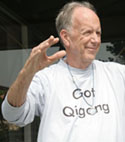
Qigong is a traditional Chinese exercise combining movement, breathing, and awareness. It belongs to a new category of exercise called Meditative Movement, a practice that includes biological, social, and psychological aspects of health. As a scientifically proven biopsychosocial practice with therapeutic benefits, Qigong addresses shortcomings of the standard western biomedical model of health care that have been identified by the U.S. Veterans Health Administration and National Center for Complementary and Integrative Medicine (NCCIH) whole person health initiatives. Both organizations are actively promoting the expansion of health care to include disease prevention and provide active treatment for chronic diseases and comorbidities.
Although the term "Qigong" came into general usage as recently as the middle of the 20th Century, the origin of the practices (e.g. nei-gong, nei-dan, yang-sheng, shamanism, and dao-yin) that now constitute Qigong predate recorded history. These methods formed the early roots of Chinese medicine and are still considered an integral part of modern Traditional Chinese Medicine, along with acupuncture, acupressure, and herbal medicine. Qigong is a combination of qi (aka life-force, life energy, bioenergy, creativity, consciousness, breath, function) and gong (cultivation or practice over time, as in the practice of an Art). Qigong is a self-initiated health and wellness practice consisting of a combination of exercise (posture, movement, and breathing techniques) and meditation (mindfulness and interoception). It can also include self-massage. Researchers describe Qigong as Meditative Movement that has the following characteristics: some type of movement or body positioning, a clear focus on breathing, and a calm state of mind to achieve deep states of relaxation” ( Meditative movement as a category of exercise).
Meditative movement as a category of exercise).
Practicing qigong is as simple as doing the Three Intentful Corrections (adjust the posture, breath, and mind). Mindfulness, a key component of meditation, produces a heightened awareness of the present moment. This includes awareness of stimuli which originates inside the body (interoception) and of the body's alignment (posture, balance, orientation), position in space, and movement (proprioception). Qigong practice puts the body into the relaxation and regeneration state (the relaxation response) where the autonomic nervous system is predominately in the parasympathetic mode. Slow, deep, diaphragmatic breathing combined with movement and mindfulness strengthens the efficiency of the immune and lymphatic systems by facilitating efficient and balanced movement of body fluids.
Benefits of qigong practice include optimizing the delivery of oxygen and nutrition to the tissues, increasing the efficiency of cellular metabolism, altering neurochemistry towards healing, managing pain and mood, reducing heart rate and blood pressure, and facilitating relaxation and mental focus. Qigong can be done anywhere, anytime. It can be practiced while sitting, standing, moving, not moving, or lying down. It is excellent for stress reduction, prevention of illness, dealing with chronic illness, healthy and active aging, and longevity. In addition to being a fundamental practice of Traditional Chinese Medicine, Qigong is known to Western medical science, research, and clinical therapy as Meditative Movement, a new category of exercise which also includes Tai Chi. Recognizing the cost- effectiveness and health benefits of delivering qigong to a huge population of almost 1.4 billion people, the Chinese government is actively researching, promoting, and standardizing the “traditional Chinese exercises” of qigong and Tai Chi as public health practices. The Chinese Health Qigong Association is actively promoting qigong by establishing affiliated organizations in countries around the world, including the United States. Chinese Health Qigong consists entirely of qigong.
Today, millions of people practice Qigong around the world to successfully treat a myriad of diseases, to improve general health, support longevity, and to promote psycho-spiritual growth and happiness. Most notably, qigong practice can provide profound relief from stress and strongly enhance the body's immune function. Successful aging is related to the optimal functioning of the immune system. Current data published by the US Department of Health and Human Services states that some seventy percent of diseases reported in the US today are totally preventable. In a time when healthcare options appear ever more limited, the increased awareness and use of Qigong is great news.
Quick references:
Qigong 101: A Beginner’s Guide to the Art of Cultivating Vital Energy
An Introduction to Qigong.
WebMD: Tai Chi and QI Gong.
Qigong: Energy Medicine for the New Millenium.
Daoism and the Origins of Qigong.
Qigong: What You Need To Know. What is Qigong and how does it work? National Center for Complementary and Integrative Health.



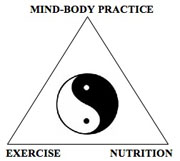
 A series of stickers featuring a cartoon bear performing the Ba Duan Jin Qigong exercise routine has been unveiled on pillars in the lobby of Pangxiejia Station on Metro Line 7 in Wuhan, Hubei province, Nov. 6, 2023. Titled "Office Ba Duan Jin," the series features the eight exercises for office workers to copy, accompanied by messages promoting aspects of traditional Chinese culture.
A series of stickers featuring a cartoon bear performing the Ba Duan Jin Qigong exercise routine has been unveiled on pillars in the lobby of Pangxiejia Station on Metro Line 7 in Wuhan, Hubei province, Nov. 6, 2023. Titled "Office Ba Duan Jin," the series features the eight exercises for office workers to copy, accompanied by messages promoting aspects of traditional Chinese culture.
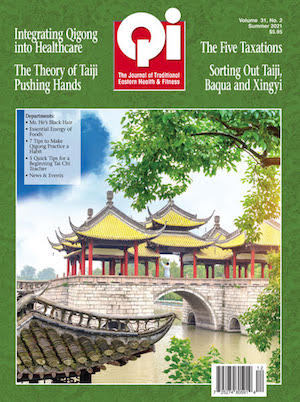
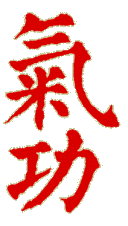
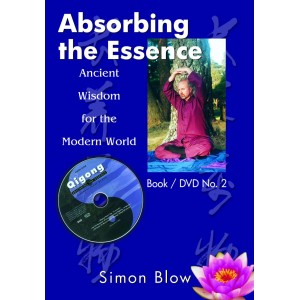
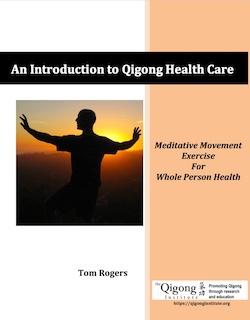
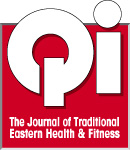

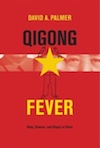 historical, anthropological, and sociological perspectives to describe the spread of the qigong craze and its reflection of key trends that have shaped China since 1949, including the search for a national identity and an emphasis on the absolute authority of science. Qigong offered the promise of an all-powerful technology of the body rooted in the mysteries of Chinese culture. However, after 1995 the scientific underpinnings of qigong came under attack, its leaders were denounced as charlatans, and its networks of followers, notably Falungong, were suppressed as "evil cults." According to Palmer, the success of the movement proves that a hugely important religious dimension not only survived under the CCP but was actively fostered, if not created, by high-ranking party members. Tracing the complex relationships among the masters, officials, scientists, practitioners, and ideologues involved in qigong, Palmer opens a fascinating window on the transformation of Chinese tradition as it evolved along with the Chinese state. As he brilliantly demonstrates, the rise and collapse of the qigong movement is key to understanding the politics and culture of post-Mao society.
historical, anthropological, and sociological perspectives to describe the spread of the qigong craze and its reflection of key trends that have shaped China since 1949, including the search for a national identity and an emphasis on the absolute authority of science. Qigong offered the promise of an all-powerful technology of the body rooted in the mysteries of Chinese culture. However, after 1995 the scientific underpinnings of qigong came under attack, its leaders were denounced as charlatans, and its networks of followers, notably Falungong, were suppressed as "evil cults." According to Palmer, the success of the movement proves that a hugely important religious dimension not only survived under the CCP but was actively fostered, if not created, by high-ranking party members. Tracing the complex relationships among the masters, officials, scientists, practitioners, and ideologues involved in qigong, Palmer opens a fascinating window on the transformation of Chinese tradition as it evolved along with the Chinese state. As he brilliantly demonstrates, the rise and collapse of the qigong movement is key to understanding the politics and culture of post-Mao society.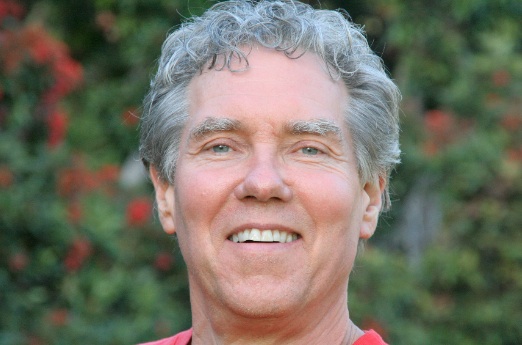
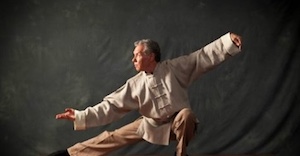
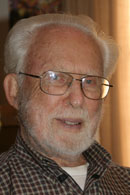
 There are thousands of different types of Qigong and Tai Chi. Arguably the most popular type of Qigong for martial arts is zhan zhuang (“jan jong”). This is also known as “stake standing”, and some forms are called "tree hugging". The practitioner stands motionless in a particular posture to develop internal strength. A widely practiced form of zhan zhuang is Wuji Qigong. It is very easy to practice yet is said to be difficult to master. Standing Qigong practice develops integrated body/mind awareness and focus, called “soong” in Chinese. Some masters train only using this form of Qigong. Shown is Chen style Tai Chi
There are thousands of different types of Qigong and Tai Chi. Arguably the most popular type of Qigong for martial arts is zhan zhuang (“jan jong”). This is also known as “stake standing”, and some forms are called "tree hugging". The practitioner stands motionless in a particular posture to develop internal strength. A widely practiced form of zhan zhuang is Wuji Qigong. It is very easy to practice yet is said to be difficult to master. Standing Qigong practice develops integrated body/mind awareness and focus, called “soong” in Chinese. Some masters train only using this form of Qigong. Shown is Chen style Tai Chi  Bioelectricity, Qi, and the Human Body
Bioelectricity, Qi, and the Human Body